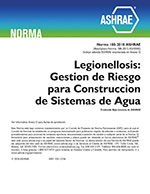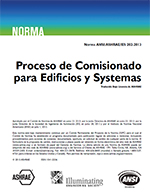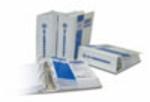Description
Recently, thermal comfort in newly built stadiums is having increased attention. For example, in the last five years 8 air-conditioned stadiums were built in Qatar as they prepare for the next FIFA world cup. Moreover, stadiums in both Saudi Arabia and UAE are being designed to be air-conditioned as well. The main effect on the cooling load calculation comes from the hot ambient infiltrated air. This paper investigates the effect of stadium oculus size, height and shape on the amount of infiltrated air into the cooled space. Computational Fluid Dynamics (CFD) is utilized to simulate the wind air flow around and inside the 3D model of a typical stadium shape. The numerical model adapts both mass, momentum and energy conservation equations. The turbulence is modeled using RNG k-? model, as it is the most applicable and economic model for industrial applications. Parametric study is made to investigate the effect of changing the canopy height and oculus size on the amount of infiltrated air. Each geometrical configuration is tested against different wind speeds blowing parallel to the oculus long side. The effect of the infiltrated air is depicted by the effect of wind on the inner air velocity near the FoP. The results show that decreasing the oculus area from (129 X 92) m2 (630 X 300) ft2 to (105 X 68) m2 (345 X 223) ft2 can reduce the effect of infiltrated air by 50%. However, while keeping the oculus area unchanged, the oculus with oval shape showed almost the same air velocity pattern and averge velocity of the rectangular one with lower speeds at the FoP upstream part. Also, increasing the canopy height between the oculus and the field of play from 15 to 22 m (50 to 72 ft) can decrease the effect of the infiltrated air by 25%. However, increasing the canopy height beyond 22m (72 ft) resulted in a negative impact on limiting the infiltrated outside air amount. Three different canopy profiles were simulated in order to depict the effect on infiltrated air. Sharp edged canopy resulted in an average inside air velocity of about 0.7 m/s (1.56 mph), while changing the profile into a smoother one resulted in decreasing the average velocity to 0.35 m/s (0.78 mph) Making the canopy profile even more smoother with an aerofoiled shape has resulted in lowering the average velocity to 0.25 m/s (0.56 mph). This paper gives a general guideline for architects while designing a semi-open air-conditioned stadium in order to minimize the required cooling load for acceptable thermal conditions.
Citation: 2021 Virtual Conference Papers
Product Details
- Published:
- 2021
- Number of Pages:
- 8
- Units of Measure:
- Dual
- File Size:
- 1 file , 2.4 MB
- Product Code(s):
- D-VC-21-C030




